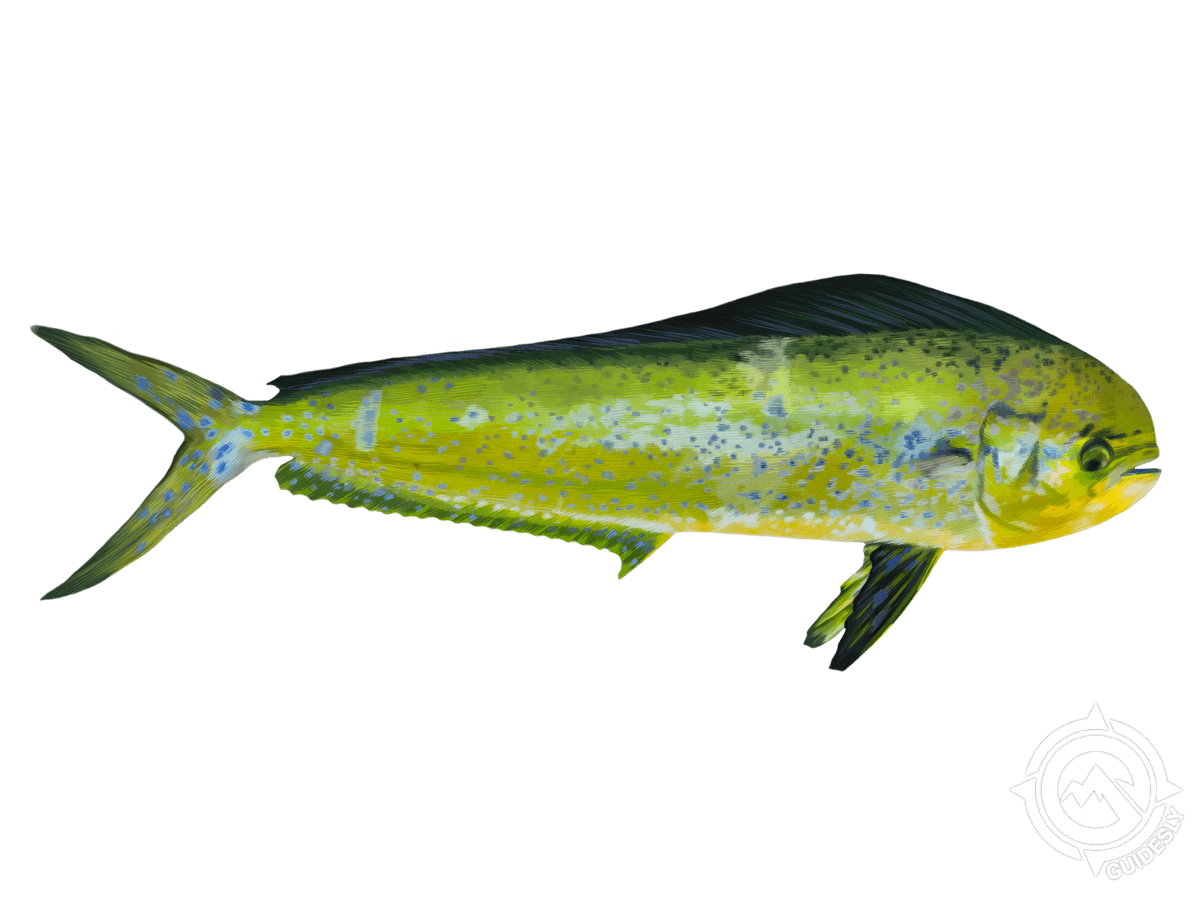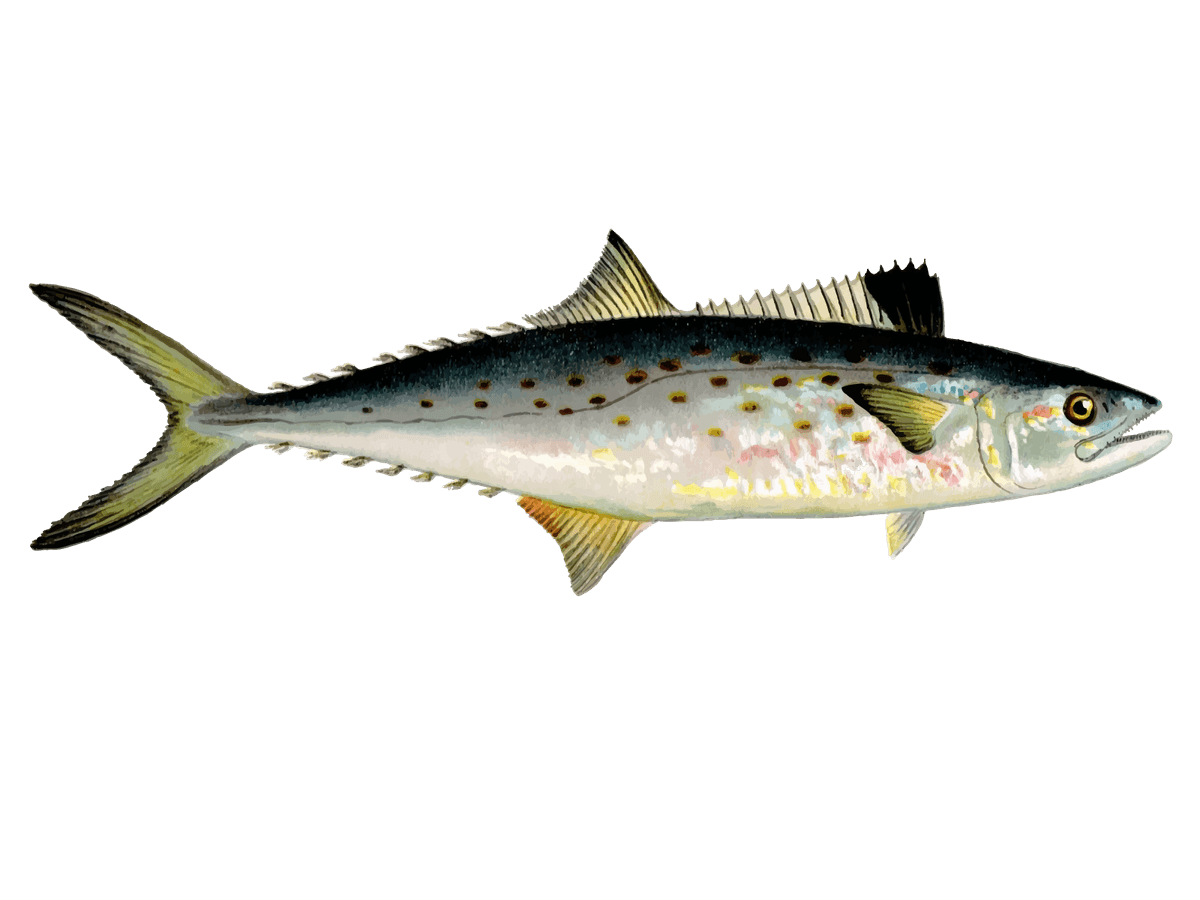Expert-Guided Carolina Beach Offshore Fishing Trip
- Published Date: July 16, 2025
- Fishing
- Carolina Beach
- $550 - $2,700 price range
- Updated Date: October 10, 2025
Summary
%2F%2Fusers%2F8237932a-b0d9-4393-9e37-10c135bc07b2%2Fratecard%2Fimage-2025-04-01t193525.383.png&w=1200&q=75)
Reels and Keels


Reel in the Big Ones: Carolina Beach Offshore Adventure
Get ready to chase some serious fish just off the coast of Carolina Beach, NC. This 4-hour morning charter with Gypsy Dawn Charters takes you straight to where the action is. We're talking bluefish, amberjack, and a mix of other hard-fighting game fish that'll give your arms a workout. Whether you're new to offshore fishing or a seasoned pro, this trip's got something for everyone. So grab your hat and sunscreen, and let's hit the water!
What to Expect on the Water
We'll meet up bright and early at the marina, where Captain Todd and the crew will get you set up on our well-equipped charter boat. After a quick safety rundown, we'll cruise through Carolina Beach Inlet and into the nearshore waters where the fish are biting. Once we hit our spot, it's lines in and game on. We'll be trolling for a mix of species, so be ready for some fast action. Don't worry if you're new to this – our crew's got your back with tips and tricks to help you land the big one.
Trolling 101: The Art of Offshore Fishing
On this trip, we'll be using a fishing technique called trolling. It's pretty simple: we drag lines behind the boat as we cruise along, mimicking the movement of bait fish. We use a mix of lures and live bait to attract different species. The crew will set up multiple lines at various depths, increasing our chances of hooking into something big. When a fish strikes, you'll hear that sweet sound of the reel screaming – that's when the real fun begins! We've got all the gear you need, from sturdy rods and reels to a variety of lures and live bait. Just bring your game face and maybe a pair of polarized sunglasses to cut the glare on the water.
Why Anglers Keep Coming Back
"Absolutely best charter ever! Justin and Captain Todd know there stuff! Highly recommend and telling all our friends! Thanks guy for the Fun Information and Fish" - Mark
Species You'll Want to Hook
Bluefish are like the bulldogs of the sea – they're aggressive, hard-fighting, and always hungry. These toothy predators travel in schools and can range from 2 to 20 pounds. When they're biting, it's non-stop action. Bluefish are known for their powerful runs and acrobatic jumps, so hang on tight when you hook one! They're most active in the warmer months, from spring through fall, making them a staple target on our charters.
Greater Amberjack, or "reef donkeys" as we like to call 'em, are the heavyweights of our nearshore waters. These bruisers can top 100 pounds and will test your strength and stamina. Amberjack tend to hang around structure like wrecks and reefs, so when we find them, get ready for a workout. They're at their peak from May to August, but you can catch them year-round if you know where to look. Landing one of these bad boys is a real accomplishment – just ask anyone who's done it!
Spanish Mackerel are the speedsters of the bunch. These sleek, silver fish are known for their blistering runs and tasty fillets. We usually find them in schools, so when we hit a hot spot, everyone on board can get in on the action. Spanish Mackerel typically show up in our waters from April to September, with peak season in the summer months. They're a blast to catch on light tackle and make for some excellent eating if you're looking to take some fish home.
King Mackerel, or "Kings," are the bigger cousins of Spanish Mackerel. These torpedo-shaped predators can grow over 50 pounds and are prized for their smoking hot first run when hooked. Kings are typically found a bit further offshore, but we often encounter them on our trips, especially in the warmer months. Landing a big King is always a highlight of any fishing trip – they're beautiful fish with a reputation for putting up an epic fight.
Mahi Mahi, also known as Dolphinfish (but not related to dolphins), are the beauty queens of the offshore world. With their vibrant colors and acrobatic fights, hooking into a Mahi is always exciting. We usually start seeing them in late spring, with the action heating up through summer and into early fall. Mahi are known for their delicious meat, so if you're lucky enough to land one, you're in for a treat at dinner time.
Time to Book Your Spot
Look, I could go on all day about the fish we catch and the good times we have out there, but the best way to experience it is to join us on the water. This 4-hour trip is perfect if you want to get a taste of offshore fishing without committing to a full day. We've got room for up to 6 people, so bring your friends or family for a morning of high-energy fishing action. Remember, we provide all the gear, bait, and licenses – you just need to show up ready to have a blast. The fish are out there waiting, so what are you waiting for? Book your spot now and let's go catch some memories!
Customer Review
Fish Fun with Pros

Mark Hull
June 9, 2025
Learn more about the species
Bluefish
Bluefish are aggressive predators that show up in Carolina Beach waters from spring through fall. They average 2-5 pounds but can top 20. You'll find them busting bait schools near inlets, along beaches, and around nearshore structures. Bluefish put up a mean fight, often jumping and tail-walking across the surface. Use wire leaders - their razor-sharp teeth will slice through mono. Live bait like mullet works great, but they'll hit just about any lure that mimics a baitfish. Look for diving birds to locate feeding blitzes. The meat can be strong-tasting if not bled and iced immediately. Smaller "snappers" under 5 pounds are best for eating. Pro tip: when you see bluefish feeding on top, cast past the school and retrieve through it for explosive strikes.

Greater Amberjack
Greater Amberjack, or "AJs," are bruisers that hang around deep wrecks and reefs off Carolina Beach. They average 20-40 pounds but can top 100. You'll find them in 60-250 feet of water, often suspended above structure. AJs are known for their brutal strength - they'll test your arms and your gear. Live bait like blue runners or vertical jigs work well. Be ready for a long, punishing fight when you hook up. The meat is firm and flavorful, great for grilling or smoking. Spring and fall are prime seasons when water temps are right. Here's a local tip: when you find a school, drop a jig fast to the bottom, then reel up quickly. AJs often hit on the rise. These fish aren't for the faint of heart, but landing a big one is a real accomplishment.

King Mackerel
King Mackerel, or "kings," are prized gamefish off Carolina Beach from late spring through fall. They average 10-20 pounds but can top 50. Look for them around bait schools in 30-100 feet of water near wrecks, reefs, and drop-offs. Kings are known for scorching runs that'll smoke a reel. Slow-trolling live baits like menhaden or blue runners is deadly effective. Use wire leaders and stinger rigs to combat their teeth. The meat is rich and oily - great for smoking. Kings often feed near the surface early and late in the day. A local trick is to look for frigate birds, which follow schools of baitfish kings are chasing. These fish fight hard and taste great, making them a favorite target for both novice and experienced anglers.

Mahi Mahi or Common Dolphinfish
Mahi Mahi light up Carolina Beach waters from late spring through fall. They average 5-15 pounds but can hit 50+. Look for them around floating debris and weed lines in blue water, usually 20+ miles offshore. Mahi are known for their acrobatic jumps and vivid colors - they'll change hues rapidly when excited. They're aggressive feeders and will hit just about any bait or lure. Trolling rigged ballyhoo or casting live bait to structure works well. The meat is mild and delicious, great for grilling. A cool trick is to keep one hooked fish in the water to attract others - they're very curious. Mahi provide fast action and are perfect for anglers of all skill levels. Just be ready for multiple hookups when you find a school!

Spanish Mackerel
Spanish Mackerel are a favorite target off Carolina Beach, typically running 2-4 pounds but can reach up to 12. Look for them in depths of 20-40 feet near inlets and along the beaches from spring through fall. They're known for their blistering runs and acrobatic jumps when hooked. Anglers love 'em for their sporty fight and tasty flesh. To catch 'em, try trolling small spoons or live bait like mullet or menhaden. A local trick is to use a long fluorocarbon leader - these fish have sharp teeth and keen eyesight. The best action is often early morning or late afternoon when they're feeding near the surface. Spanish are great eating but don't freeze well, so enjoy 'em fresh. Just watch out for those teeth when you're unhooking one!

About the 40' Jersey
%2F%2Fusers%2F8237932a-b0d9-4393-9e37-10c135bc07b2%2Fvehicle_picture%2Fimage-2025-04-01t193537.222.png&w=1200&q=75)
Vehicle Guest Capacity: 6
Manufacturer Name: Caterpillar
Maximum Cruising Speed: 23
Number of Engines: 2
Horsepower per Engine: 375
%2Ffit-in%2F250x250%2Fguide_websites%2F29484%2Fimages%2F1743509500610chatgptimageapr1202508_11_31pm.png&w=1200&q=100)
%2Fusers%2F8237932a-b0d9-4393-9e37-10c135bc07b2%2Fimages%2Fbest-great-fishing-carolina-beach-2440.jpg&w=768&q=75)
%2Fusers%2F8237932a-b0d9-4393-9e37-10c135bc07b2%2Fimages%2Ffishing-adventure-in-nc-2447.jpg&w=768&q=75)
%2Fusers%2F8237932a-b0d9-4393-9e37-10c135bc07b2%2Fimages%2Fcoastal-catch-2369.jpg&w=768&q=75)
%2Fusers%2F8237932a-b0d9-4393-9e37-10c135bc07b2%2Fimages%2Fcarolina-beach-fishing-trip-2323.jpg&w=768&q=75)
%2Fusers%2F8237932a-b0d9-4393-9e37-10c135bc07b2%2Fimages%2Ffishing-adventure-nc-2326.jpg&w=768&q=75)
%2Fusers%2F8237932a-b0d9-4393-9e37-10c135bc07b2%2Fimages%2Ffishing-carolina-beach-2463.jpg&w=768&q=75)
%2Fusers%2F8237932a-b0d9-4393-9e37-10c135bc07b2%2Fimages%2Ffishing-adventure-north-carolina-2464.jpg&w=768&q=75)
%2Fusers%2F8237932a-b0d9-4393-9e37-10c135bc07b2%2Fimages%2Fking-mackerel-fishing-nc-2641.jpg&w=768&q=75)
%2Fusers%2F8237932a-b0d9-4393-9e37-10c135bc07b2%2Fimages%2Ffishing-nc-1-person-2399.jpg&w=768&q=75)
%2Fusers%2F8237932a-b0d9-4393-9e37-10c135bc07b2%2Fimages%2Ffantastic-fishing-carolina-beach-2573.jpg&w=768&q=75)

Absolutely best charter ever! Justin and Captain Todd know there stuff! Highly recommend and telling all our friends! Thanks guy for the Fun Information and Fish